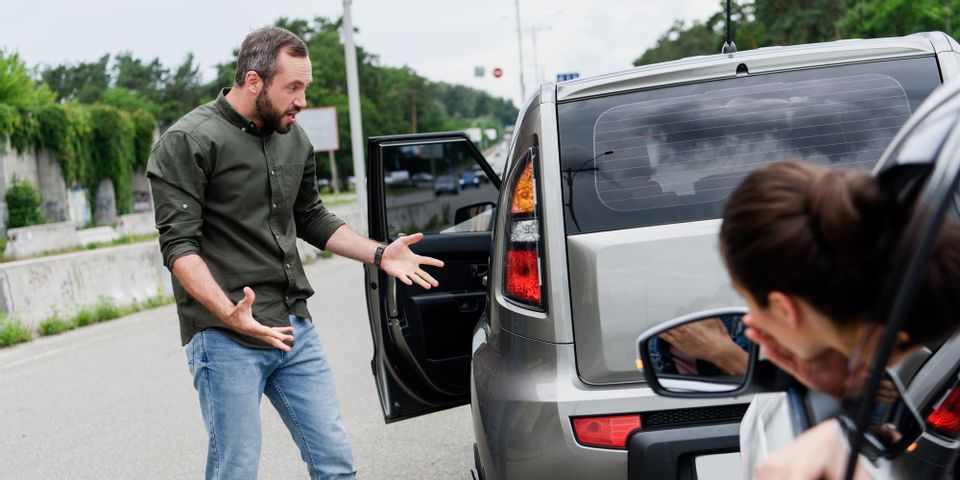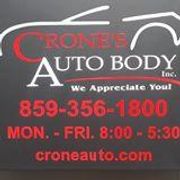4 Defensive Driving Tips for Avoiding an Accident

Defensive driving is a common method to prevent auto collision damage. This practice involves constantly paying attention to what’s around you and making decisions based on drivers, conditions, and pedestrians in the area. Below are a few tips for using defensive driving to prevent accidents.
Prevent Auto Collision Damage With This Defensive Driving Advice
1. Provide an Extended Buffer
When driving, you should create a buffer zone between you and the car ahead. A general rule is to leave one car length or one second of space between vehicles for each 10 mph you are driving. This extended area will leave plenty of time for you to stop suddenly and avoid auto collision damage.
2. Avoid Road Rage
Many drivers get mad behind the wheel, which makes them act without thinking. Stay engaged and calm while driving—even in traffic—by following relaxation techniques like deep breathing when you start to get angry.
 Also, choose different routes to avoid sitting in traffic. Have a podcast, audiobook, or radio station queued up so you can enjoy this down-time while driving instead of seeing traffic as a waste of time. Avoid driving if you’re feeling emotional. Wait until you calm down before taking ahold of the wheel.
Also, choose different routes to avoid sitting in traffic. Have a podcast, audiobook, or radio station queued up so you can enjoy this down-time while driving instead of seeing traffic as a waste of time. Avoid driving if you’re feeling emotional. Wait until you calm down before taking ahold of the wheel.
3. Maintain the Car Regularly
If you don’t properly take care of your car, you can become a danger on the road. Get regular oil changes, tire rotations, and lightbulb replacements to reduce the likelihood that your vehicle will cause problems for other drivers.
4. Account for Weather Conditions
The speed limit sign is the safest speed when conditions are optimal. However, going 55 in a 55 mph zone when it’s raining can place yourself and others in danger. Instead, always slow down if it’s windy, raining, sleeting, snowing, or if the visibility is low. The speed limit is not applicable to adverse conditions.
Even the best drivers occasionally get in accidents and need an expert repair team like Crone’s Auto Body in Independence, KY. The talented specialists offer an auto collision damage assessment before removing and fixing parts. Call (859) 356-1800 or visit the website for information on their structural and non-structural repairs plus painting, teardowns, and final assembly.
About the Business
Have a question? Ask the experts!
Send your question

